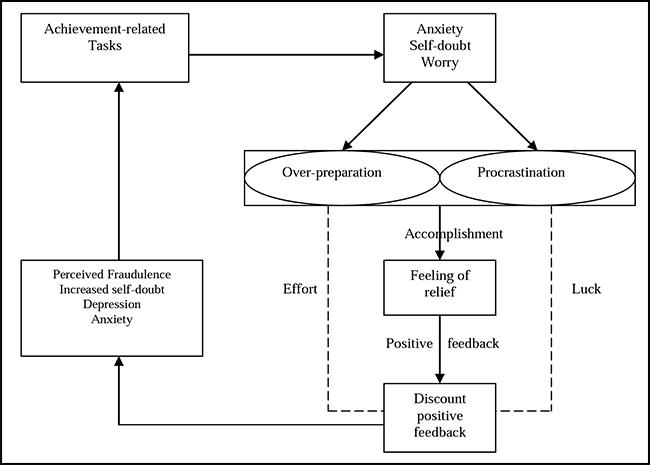
What do actresses Viola Davis, Charlize Thereon, and former First Lady, Michelle Obama have in common? They all confess to experiencing impostor syndrome. Imposter syndrome, also referred to as imposter phenomenon (IP), was first coined by Pauline R. Clance and Suzanne A. Imes in 1978. IP is defined as a “condition that describes high-achieving individuals who, despite their objective successes, fail to internalize their accomplishments and have persistent self-doubt and fear of being exposed as a fraud or imposter.” Most of us have probably heard of either term but may typically associate it with something graduate students experience. IP is cyclical, and roughly 70% of Americans feel it at some point in their lives.
IP significantly impacts BIPOC (Black, Indigenous, and People of Color) communities. When people experience IP, they feel like outsiders. They question their competence and attribute their achievements to luck and timing. These kinds of self doubts create a perceived pressure to prove themselves. IP can take a toll on the mental wellbeing of individuals from diverse communities who frequently face discrimination, lack of belonging, underrepresentation, and bias.

Organizations can help BIPOC individuals by addressing organizational culture and climate. By identifying and removing barriers affecting BIPOC employees, organizations can help mitigate the long-term health effects of IP. Mitigation efforts include creating an environment of inclusion and belonging, developing mentoring opportunities, highlighting and emphasizing the achievements of BIPOC individuals, and increasing representation of diverse communities. Individuals experiencing IP can benefit from joining employee resource groups to connect with workers from similar backgrounds, finding or requesting a mentor, and documenting their achievements. Keeping a journal of accomplishments serves as a helpful reminder of earned accolades and acknowledgments. When BIPOC employees are reminded of their achievements, this recognition can help insulate a person from the effects of IP and provide reassurance of belonging.
Be on the lookout for the second blog in this series to learn about how IP contributes to a behavior called code switching, which can contribute to black fatigue.
Do you have a story idea for us? Do you want to submit a guest blog? If it's about equity, diversity, or inclusion, please submit to edi.stories@nih.gov.
For news, updates, and videos, subscribe or follow EDI on: Twitter, Instagram, Blog, YouTube.






